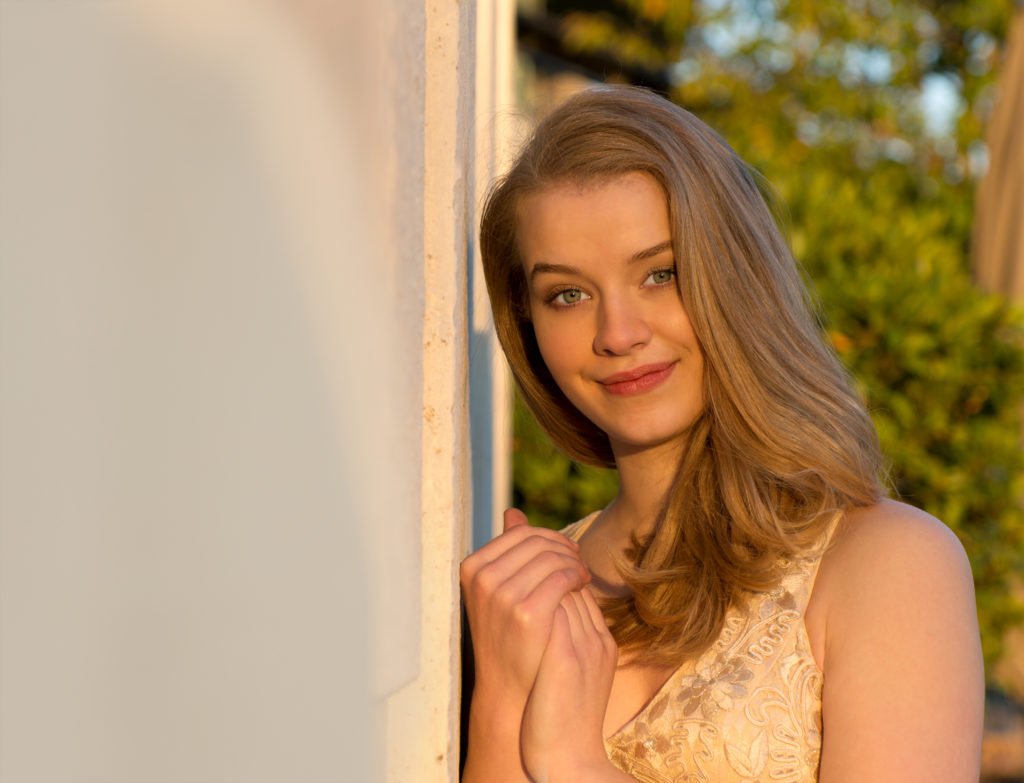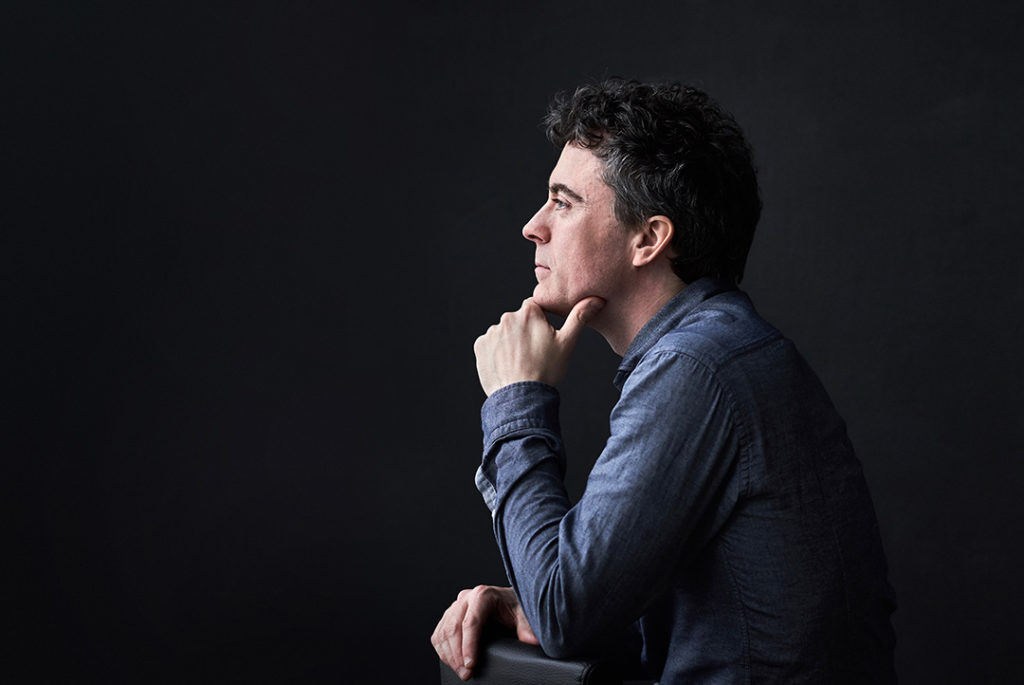
North York Moors Chamber Music Festival: ‘Which Dreamed It?’, St Mary’s, Lastingham, August 25
THIS was one of the North York Moors Chamber Music Festival’s more adventurous programmes, but that did not deter the punters: it was a full house.
There were two pieces each from Schumann and Debussy, balanced by four much more contemporary works by two Brits and two Germans. It made for a stimulating mix, not least because the performers were so utterly committed.
Ben Goldscheider began out of sight in the Saxon crypt, the church otherwise darkened, with Bernhard Krol’s Laudatio for solo horn (1966). Inspired by the ancient Christian hymn Te Deum Laudamus, it could hardly have been more appropriate as a scene-setter, journeying from plainsong into more modern, questing territory. Goldscheider was immaculate.
He also closed the evening, with Jörg Widmann’s Air (2006). The music conveys something of the atmosphere of alphornists signalling to each other between mountain-tops, so that there are constant echoes and imitations, given a third dimension by the piano strings being wedged open and resonating eerily. It is a favourite competition piece. Goldscheider was more than equal to its taxing variations and drew sustained applause.
He had been soloist in Schumann’s Adagio and Allegro, with Daniel Lebhardt offering tenacious piano support. After nicely sustained legato in the Adagio, he cantered through the succeeding rondo with immense panache, testing his rapid tonguing even further by speeding up in the coda.
In Mark Simpson’s Nachtstück (2021), he did not hold back from the work’s more nightmarish contrasts, varying his tone in the darkness, but becoming more triumphal after Lebhardt’s keyboard climax. He is a riveting performer.
Debussy’s Rhapsody (named ‘First’ but in fact the only one) for clarinet and piano (1910) saw the first appearances of Robert Plane and Christian Chamorel respectively. Plane captured the composer’s will-o’-the-wisp aura, much helped by Chamorel’s early restraint. They brought terrific verve to the work’s later stages.
They were joined by viola player Simone van der Giessen for Schumann’s Märchenerzählungen (Fairy-tale narrations). Three of the four tales are marked ‘lively’ and they got off to an effervescent start.
There were pleasing contrasts, though, both in the lovely central section of the second tale and in the martial, dotted rhythms of the last, which were crisp and to the point. The exception was the third, where a peaceful, rocking movement in the piano featherbedded a soaring line in the viola, not quite matched here by the clarinet.
The four berceuses from Thomas Adès’s opera The Exterminating Angel are not the stuff of sweet dreams, indeed the title is ironic. With Lebhardt returning to the piano, viola and clarinet brought an elegiac feel to the opening lullaby, followed by something altogether bolder with a terrifying ending in the second. Only the finale seemed likely to produce a soporific effect – and it was touchingly shaped.
Review by Martin Dreyer


